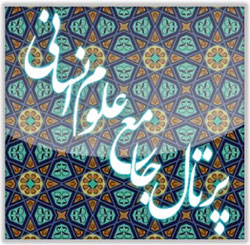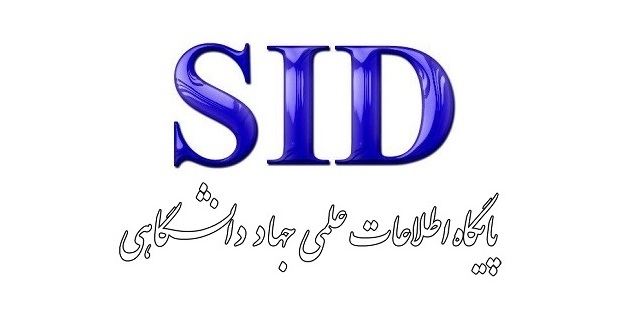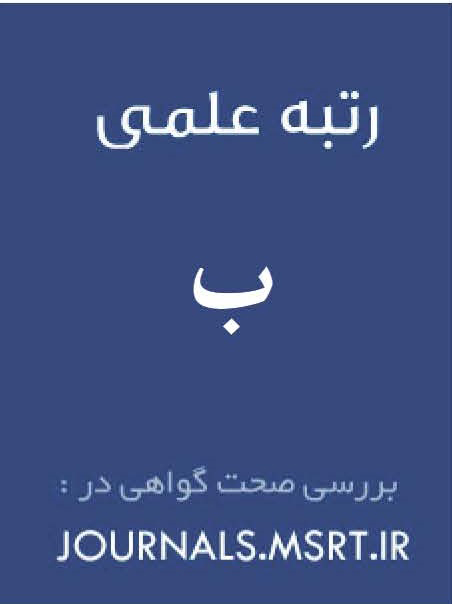Non-Observance of Rhyme in the Epic Poem Vis and Ramin
Keywords:
Parvin E’tesami, psychological growth, humanistic psychology, self-actualization, thematic analysis, social ethicsAbstract
The romantic poem Vis and Ramin, written by Fakhr al-Din As‘ad Gurgānī, is one of the oldest and most significant narrative poems in Persian literature. Since the 11th century CE, it has attracted the attention of poets, critics, and scholars alike. This work is remarkable not only for its narrative structure and romantic themes but also for its artistic and rhetorical qualities. However, one of the key issues in analyzing this poem is the question of rhyme and the extent to which the poet adheres to its conventions. Rhyme, as one of the fundamental pillars of Persian poetry, plays a decisive role in creating external musicality and structural coherence. A close examination of the text of Vis and Ramin reveals that in many verses, the poet does not strictly adhere to the rigid rules of rhyme, showing instances of incomplete rhymes, vowel discrepancies, and unauthorized additions. At first glance, this may appear to be a sign of weakness or deficiency, but deeper analysis indicates that at times, this deviation from traditional rhyme conventions serves as a form of artistic innovation that enhances the poem’s narrative and emotional resonance. The present study, using a descriptive–analytical approach and based on rhetorical and prosodic sources, investigates the manifestations of rhyme non-observance in this poem and analyzes its impact on the musicality of expression, textual aesthetics, and the stylistic position of Fakhr al-Din As‘ad Gurgānī. The findings demonstrate that such non-adherence not only does not diminish the literary value of the poem but also contributes to the enhancement of narrative expressiveness, emotional transmission, and musical diversity.
Downloads
References
1. Shamīsā S. Bayān (Rhetoric [or Persian Eloquence]). Tehran2007.
2. Humā'i Ja-D. Fann-e She'r va Sanāyē'-e Adabī (The Art of Poetry and Literary Crafts). Tehran: University of Tehran; 1990.
3. Kazāzī MJa-D. Zībāšenāsī-ye Sokhan-e Pārsī (The Aesthetics of Persian Discourse). Tehran: Elmi va Farhangi Publishing; 1995.
4. Safā Z. Tārīkh-e Adabiyyāt dar Īrān (History of Literature in Iran). Tehran: Ferdous; 1984.
5. Forūzandeh M. Defamiliarization in Persian Rhyme. Journal of Literary Criticism and Analysis. 2016.
6. Khalil ibn Ahmad a-F. Kitāb al-'Arūḍ (The Book of Prosody). Beirut: Dar al-Kutub al-Ilmiyyah; 1985.
7. Shams Qays R. Al-Mu'jam fī Ma'āyīr Ash'ār al-'Ajam (The Compendium of the Standards of Persian Poetry). Edited by M. Qazvini and A. Iqbal ed. Tehran: Tahouri; 1984.
8. Ibn Jinni. Al-Khaṣā'iṣ (The Characteristics). Cairo: Dar al-Hilal; 1990.
9. Hādī F, Naṣīrī M. Structural Analysis of Simile (Tashbīh) in Wīs wa Rāmīn and Khusraw u Shīrīn. Classical Persian Literature Research. 2013.
10. Forūzandeh M, Banī Tālebi S. The Style of Word Selection in Wīs wa Rāmīn. Literary Research Quarterly. 2015.
11. Shādārām L, Dorūdgariyān M. A Comparative Analysis of Tristan and Isolde and Wīs wa Rāmīn. Journal of Persian Language and Literature Research. 2010.
12. Shafī'i Kadkani MR. Mūsīqī-ye She'r (The Music of Poetry). Tehran: Agah Publishing; 2007.
13. As'ad Gurgāni Fa-D. Wīs wa Rāmīn. Edited by M. Minuvi ed. Tehran: Hirmand Publishing; 1990.
14. Zarrinkoub A. Pīr-e Ganjeh dar Jostojū-ye Nākojāābād (The Old Man of Ganja in Search of Utopia). Tehran: Amir Kabir; 1993.
15. Vaṭvāṭ Ra-D. Hadā'iq al-Siḥr fī Daqā'iq al-She'r (The Gardens of Magic in the Subtleties of Poetry). Edited by M. Dabīrsiyāqī ed. Tehran: Bongah-e Tarjomeh va Nashr-e Ketab; 1969.
Downloads
Published
Submitted
Revised
Accepted
Issue
Section
License
Copyright (c) 2025 فروزان حق شناس گتابی, غلام عباس ذاکری, اعظم مجیدیان (نویسنده)

This work is licensed under a Creative Commons Attribution-NonCommercial 4.0 International License.








